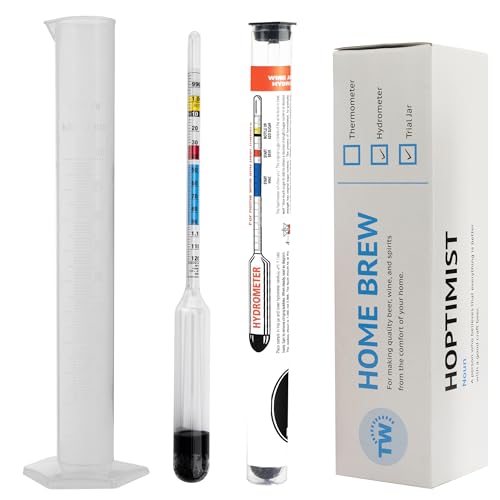Here is the recipe as it appears on my blog:
Solomonâs Banana Wine
-22 pounds of RIPE bananas (Sliced thinly with skin on)
-5 gallons water (more or less as needed)
-Sugar, White or Brown 5-15 pounds (
I will check the gravity of the mash before I add any sugar as the bananas natural sweetness can vary greatly. I wil then then taste a bit with each kind of sugar and see if it makes a difference. My goal for this is 18% ABV.)
-6 teaspoon acid blend
-Probably, substitute 1 cup lemon juice
-5 teaspoon pectin
-1.25 teaspoon wine tannins
-6 teaspoon yeast nutrient
-4 pounds raisins
Most recipes called for golden raisins but I plan on using regular (black,cheaper) as these days they are the same fruit, with the goldens only having been treated with sulfur dioxide to prevent them from darkening.
Step1
Slice the bananas into thin slices, skin and all, and place them into a very large (minimum 3, preferably 5 gallon) pot. The reason we leave the skins on is to make use some of the natural tannins contained in them in our wine.
Step2
Fill with water leaving enough room at the top for foaming. Heat to a soft boil and hold it there for half an hour while stirring and mashing the bananas. At this point I will remove samples for measuring gravity (looking for somewhere around 1.135) and tasting sugars. Once I know what kind and how much sugar to use I will add it to the pot and boil for another 5 minutes. If I already knew how much sugar to use I would add it at the begging of the boil. Remove the pot from the heat and add the acid blend or lemon juice, yeast nutrient, and tannin. Stir well.
Step3
Prepare a small bowl of warm, 85 degrees or so, water by adding a teaspoon of sugar and a teaspoon of the mash. Whisk this vigorously together and sprinkle you yeast over the top. I will be using once pouch of lalvin ec-1118.
Step4
Chop up, smash, or puree the raisins and place into a sanitized 6.5 gallon fermenting bucket. Once you think the mash has cooled enough that you can safely handle the pot pour it through a strainer into the fermenting bucket containing the raisins, add back in a large spoonful of the strained mush. Top off with cold water or ice, to assist cooling, to the 6 gallon mark. Stir well and cover with sanitized lid and airlock to cool further.
Step5
Once the mash has cooled to 85 degrees, no more than 90, add the yeast starter you prepared in step 3. Stir everything well and replace the lid and airlock.
Step6
Here is where I could use some feedback. Some recipes say to leave it alone, some recipes say to stir the mash daily for at least the first week. Stirring would increase oxygen and break up any raft that may form on top, but could introduce infection. Iâm leaning towards not stirring after the first day.
Interesting note: This will, according to reports, look like horribly dirty,muddy water but smell like banana bread after a few days.
Wait about 4 weeks and when fermentation has slowed rack into a 6 gallon carboy and reserve a sample for gravity measurement and tasting. Be sure to record all observations and the gravity reading. Place the carboy somewhere cool and dark for 2-3 months.
Please read the making of and results posts on my blog. I will be glad to answer any questions about my process or the final product.
P.S.
Sorry for the imperial measurements.
Enjoy!











































